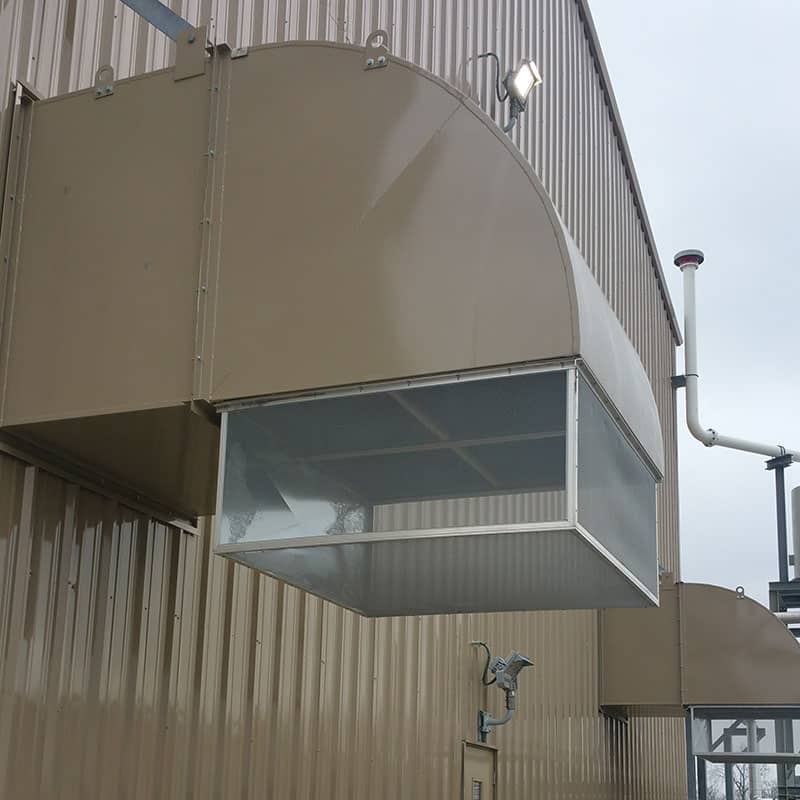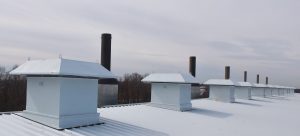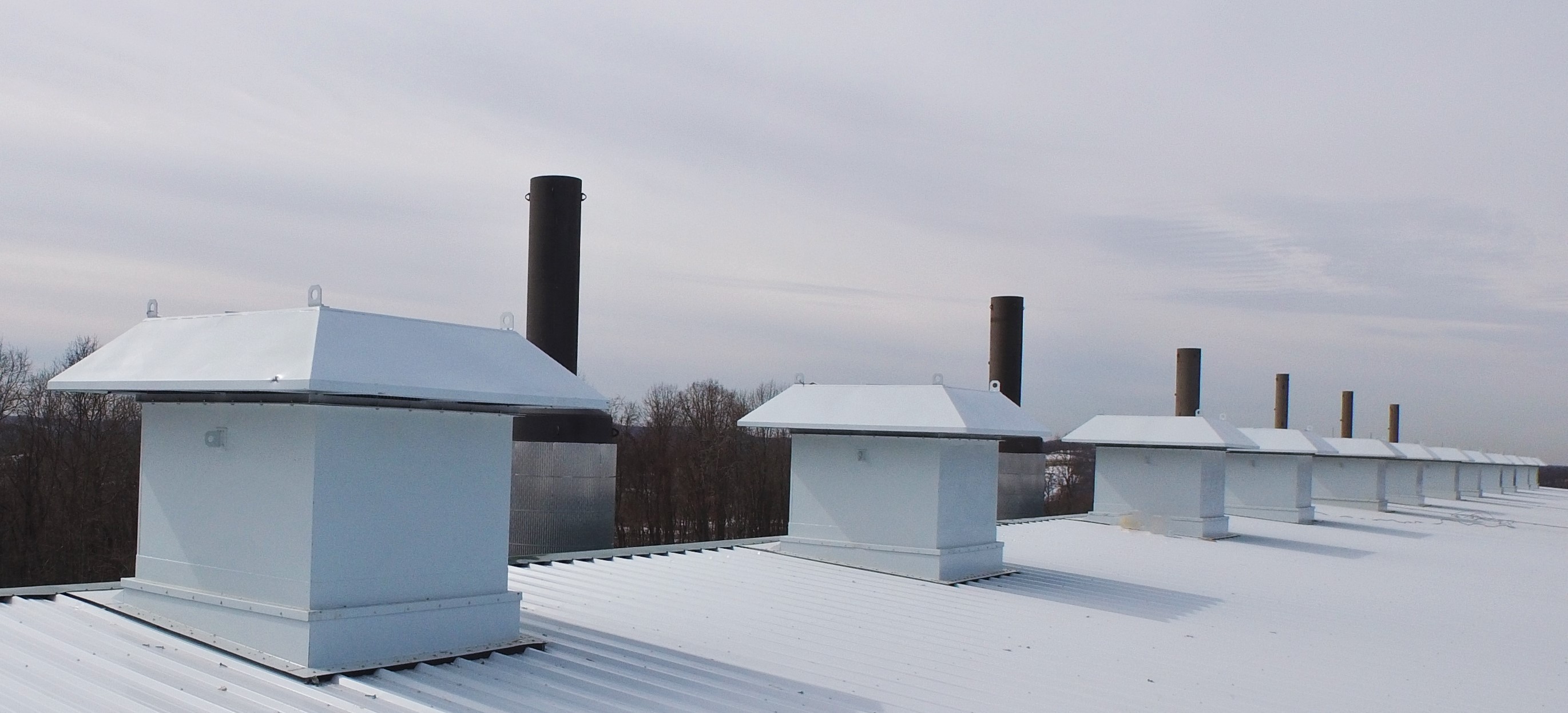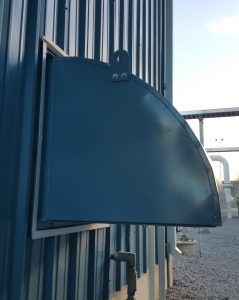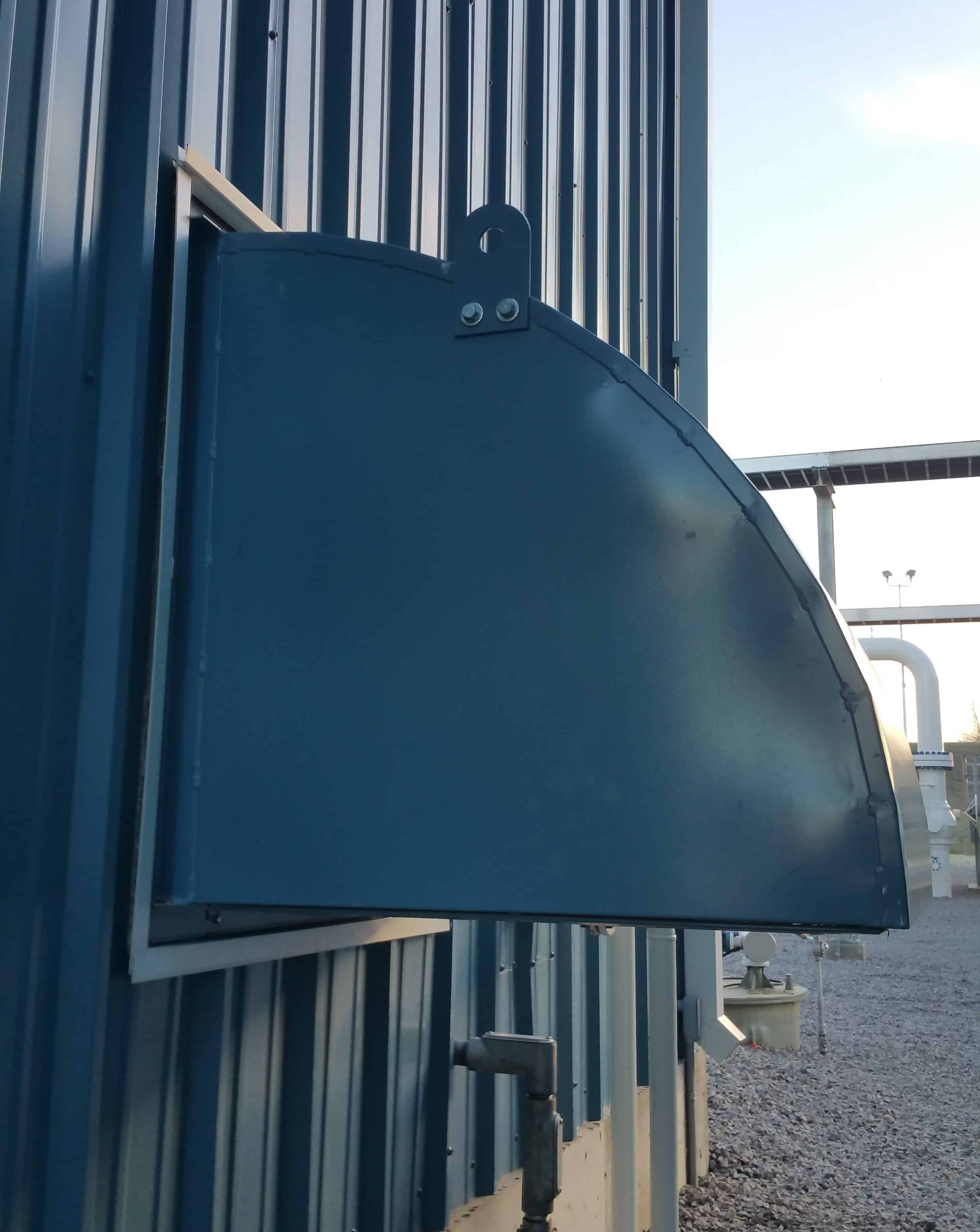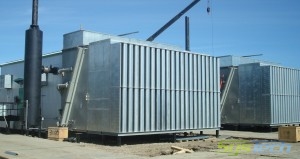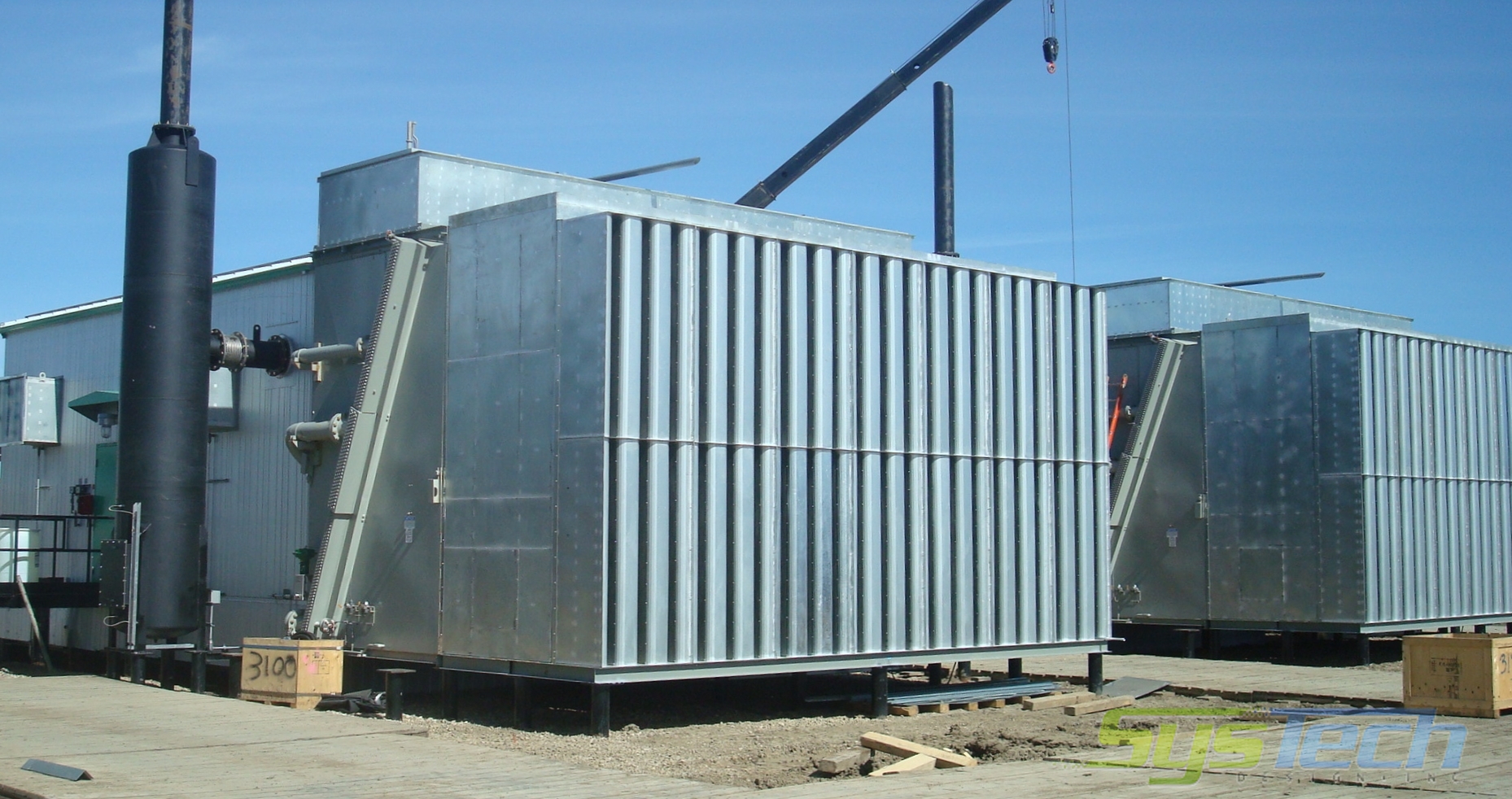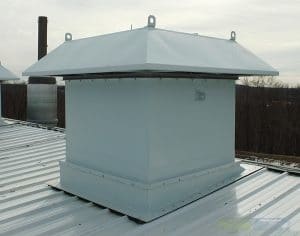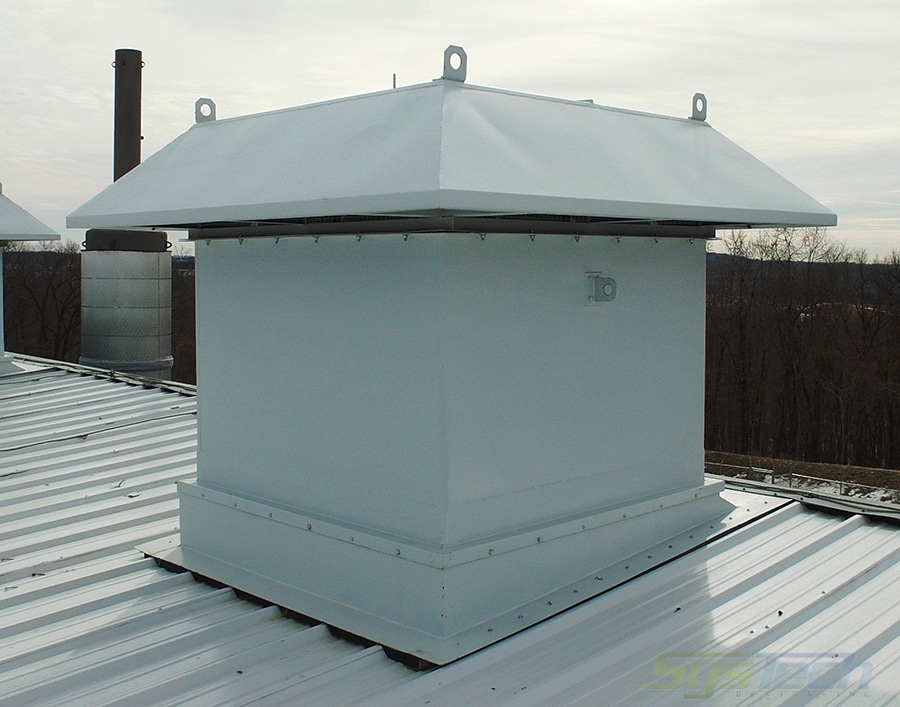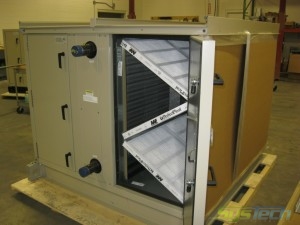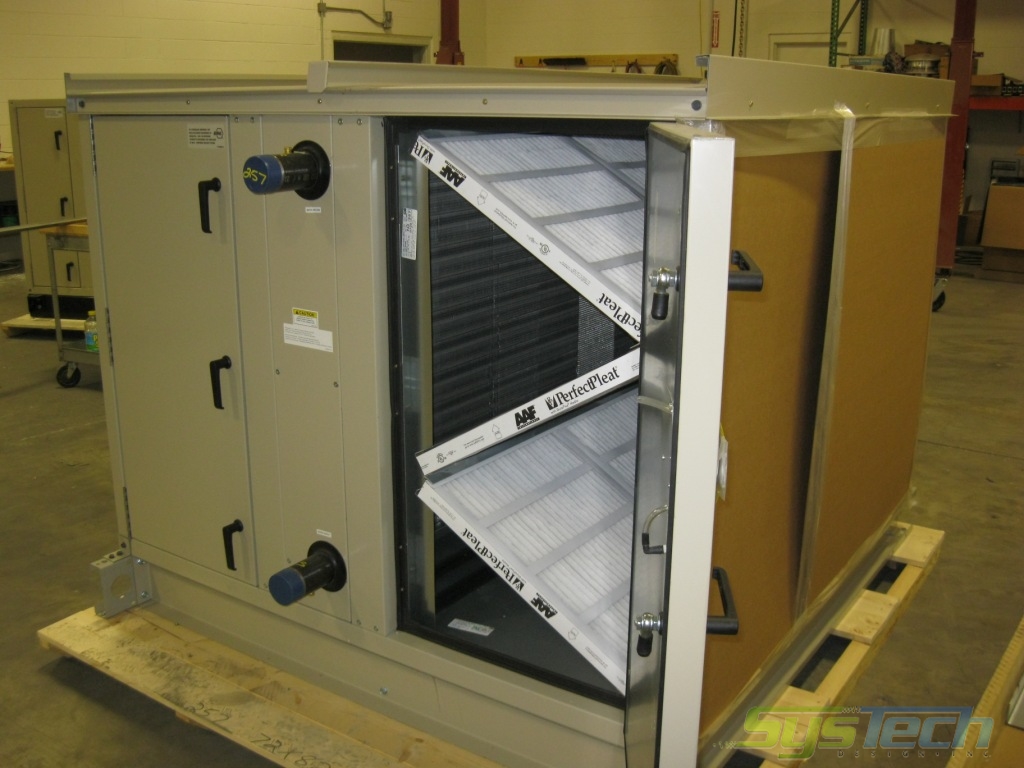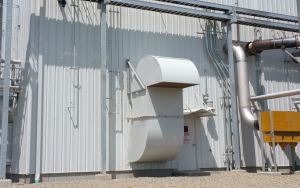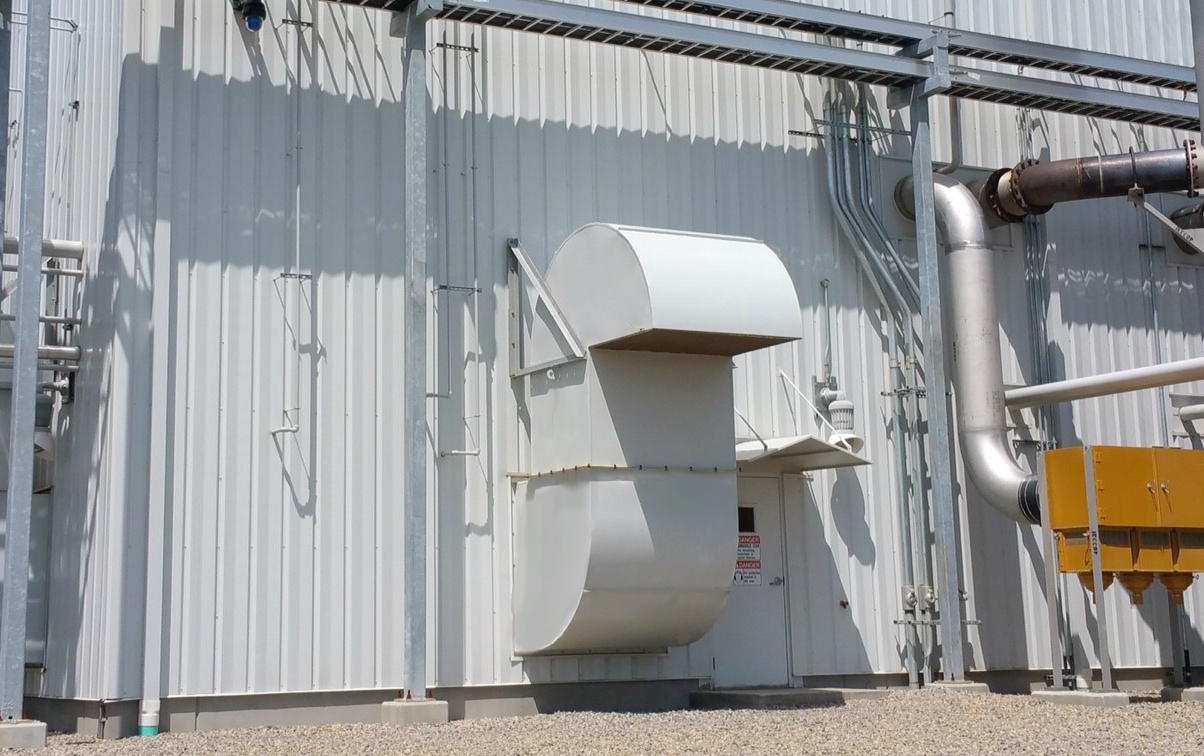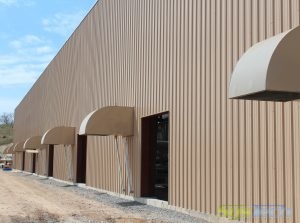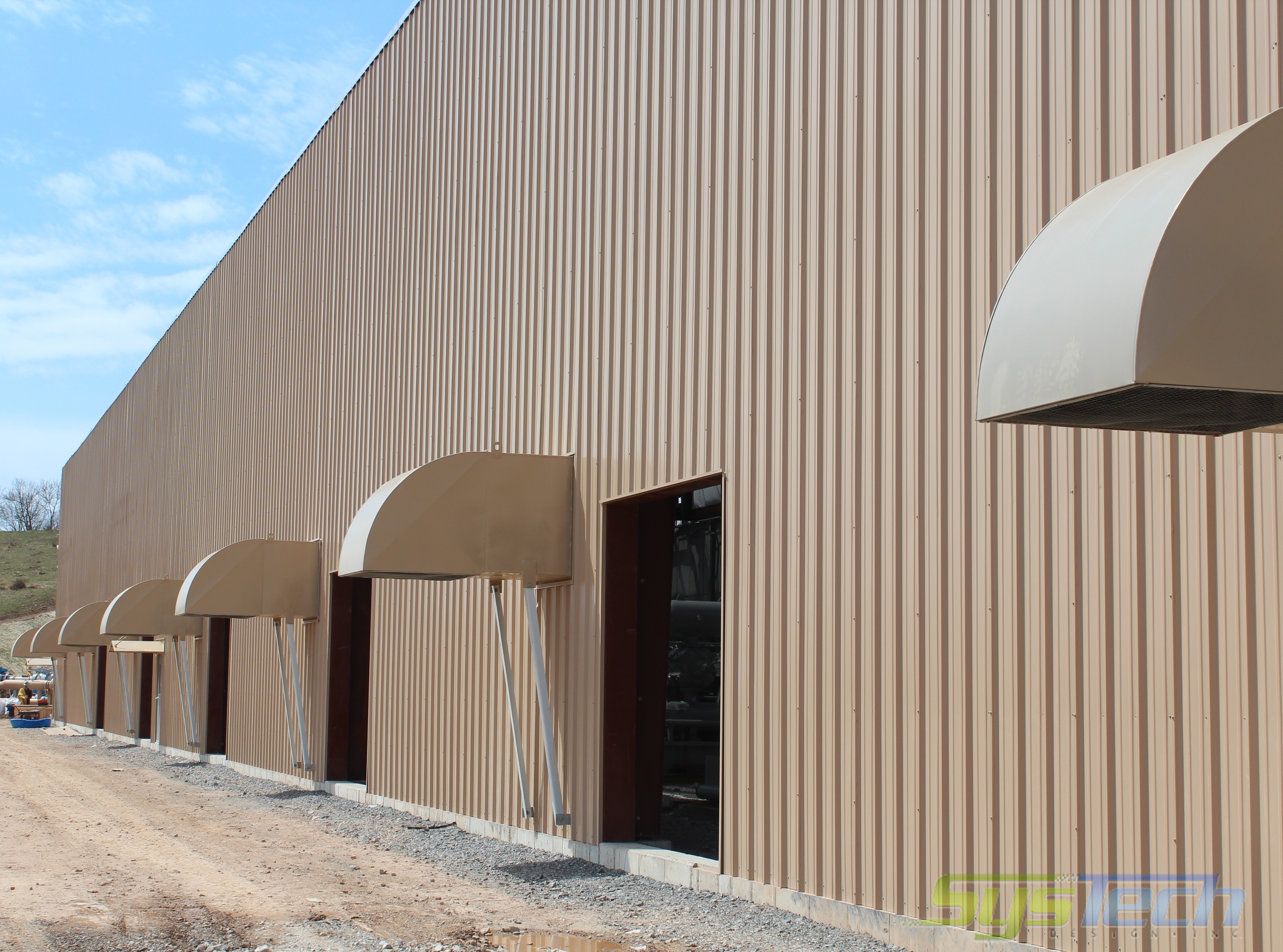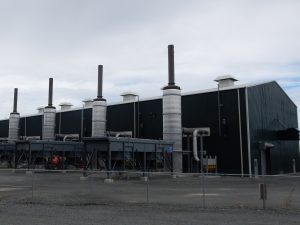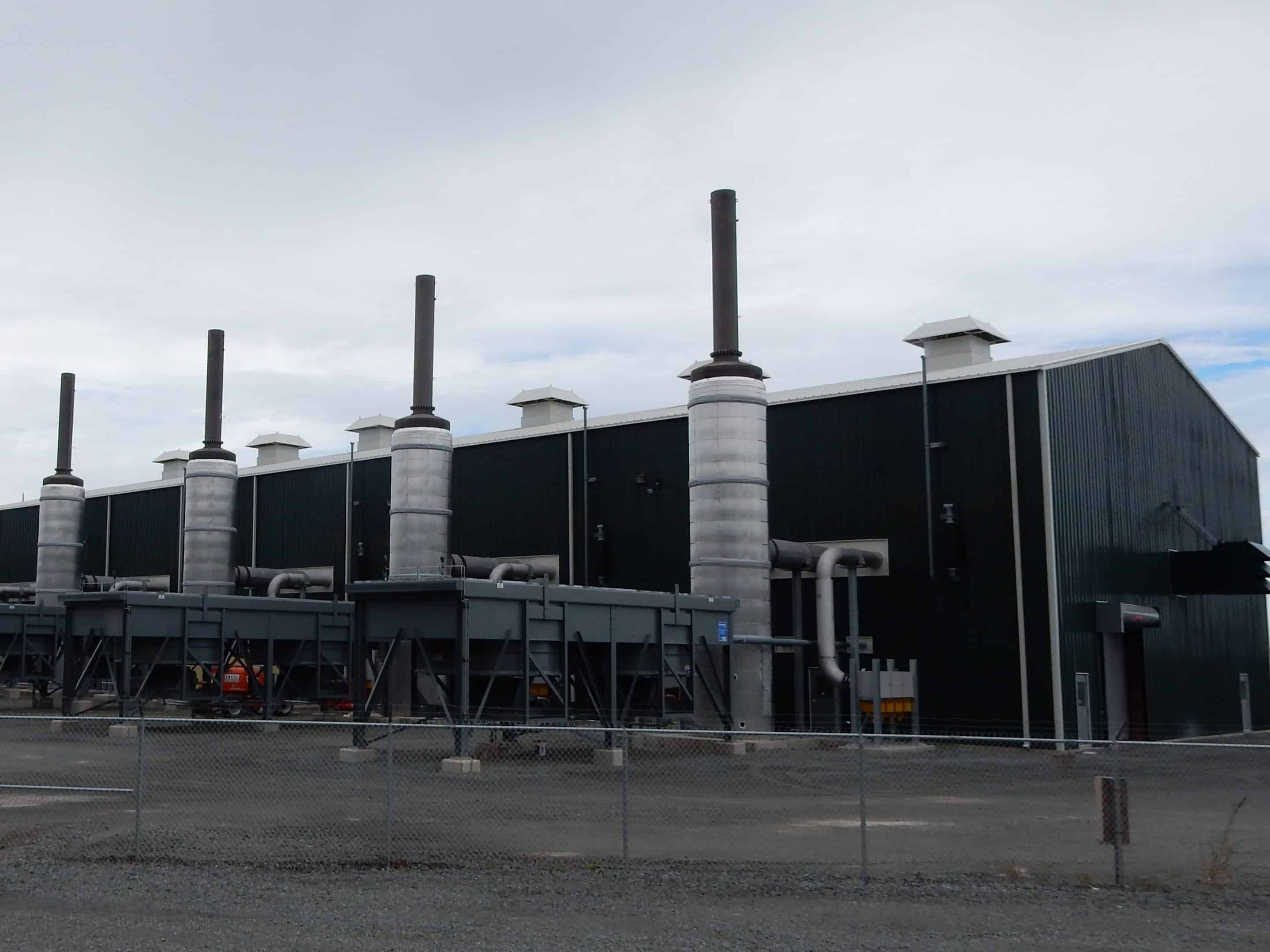Acoustic Building Ventilation Systems
Often noise attenuation is added to an industrial ventilation system as a secondary consideration. However, for some facilities, noise is the governing factor when the project is first under consideration. These acoustic building ventilation systems are a combination of noise attenuation solutions coupled with good ventilation practices. Attenuating noise emitted from a structure, caused by fans and process equipment, that exits wall and roof openings, is important to meet noise level criteria at property limits.
High volume acoustic ventilation systems remove high internal heat loads from “hot” sources such as large compressors, engines, generators, and motors while minimizing noise impact on surrounding communities by the internal rotating equipment and necessary supply/exhaust fans.
Facility Design Considerations for Acoustic Ventilation Systems
Interior and exterior design considerations include:
- Permissible Noise Levels (PNL)
- State and local noise ordinances
- Environmental considerations
- Attenuation during construction
- Interior equipment noise and heat generated
- Equipment layout within a facility
- Site location within a region, manufacturing site or room
- Outside temperatures and weather conditions
- Adjoining noise-sensitive areas, communities or rooms
- Interior reflective surfaces
- Space for wall and roof ventilator installation
Acoustic building ventilation projects are airflow sensitive and elevated noise excessive. To keep these rooms in compliance, combustion air, fume and vapor exhaust and excessive temperatures are controlled by ventilation. Temperature is critical with proper ventilation keeping space temperatures between 40⁰ F and 115⁰ F depending on location and room air changes averaging 15-30 air-changes-per-hour (ACH).
Proper ventilation means that the noise generated from fans, compressors, or engines most likely requires some form of noise control. The industrial standard of 85 dBA for 8 hours applies but compressor buildings have typical building noise levels for design purposes 45 to 50 dBA at the property line. Additionally, in generator, motor, or engine rooms the confined space increases noise levels by sound waves reflecting off adjacent walls and ceiling. Excessive noise generated can exceed 100 dBA.
Acoustic buildings are typified by:
- Compressor Building (link to page)
- Motor Room
- Engine Room (link to marine duty fans)
- Generator Room
- Air Compressor Room
Acoustic Treatment Components for Noise Attenuation
Acoustic components available:
- Supply & Exhaust Fan Silencers
- Cooler Fan Silencers
- Acoustic Louvers
- Acoustic Ridge Vents
- Acoustic Lined Intake & Exhaust Hoods
- Acoustically Rated HVAC Units
Recognizing that almost every industrial structure has specific airflow and noise attenuation requirements, SysTech has developed a line of attenuated fan modules that are packaged to fit into a pre-engineered metal building. These Lo-Noise™ Attenuated Fan Packages are designed for supply fans, powered roof exhaust, rapid purge supply, and exhaust, compressor cooler silencers, and air handling units.
Click here to view our Lo-Noise™ Attenuated Fan Packages Options.
Acoustic Evaluation Services Available
If additional Acoustic Evaluation services are necessary, SysTech offers the following:
- Community Noise and Environmental Sound Impact
- Building Noise and Vibration Control
- Sound, Noise and Vibration Measurement and Testing Services
- Noise Exposure Measurements
- Mitigation of Airborne and Structure borne Noise Transmission
- Engineering Evaluation and Analysis
- Noise Modeling for new facility equipment and machinery
- Zoning Compliance Measurements
- Noise Ordinance Development and Compliance
- Environmental Permitting
Contact SysTech today. Send us an email or call us at 800-456-9460.

